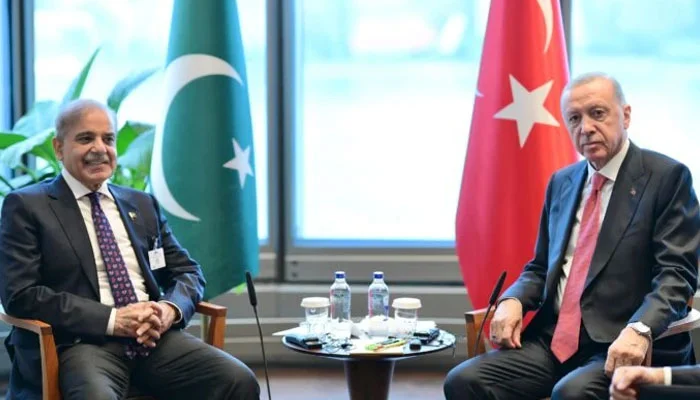The Economic Coordination Committee (ECC) has made a key policy change by reducing the buyback tariff for solar rooftop consumers from Rs27 per unit to Rs10 per unit. This decision came during an ECC meeting chaired by Finance Minister Muhammad Aurangzeb, where several amendments to the existing net-metering regulations were approved to ease the financial burden on grid consumers, as stated in an official release from the Finance Division on Thursday.
The adjustment follows a significant rise in the number of solar net-metering consumers, which has led to an increased financial load on grid consumers. The approved revision sets the buyback rate at Rs10 per unit, instead of the previous National Average Power Purchase Price (NAPP).
However, it was emphasized that this new framework will not affect existing net-metered consumers who have valid licenses or agreements under the Nepra (Alternative & Renewable Energy) Distributed Generation and Net Metering Regulations, 2015. These existing agreements will continue to be honored until they expire, preserving the previously agreed rates and terms.
The ECC also approved a proposal, subject to cabinet ratification, that would give the National Electric Power Regulatory Authority (Nepra) the authority to periodically revise the buyback rate, allowing it to stay in line with changing market conditions.
Additionally, an update was made to the billing system, which will now treat imported and exported units separately. Exported units will be bought back at the revised rate of Rs10 per unit, while imported units will be billed at the applicable peak or off-peak rates, along with taxes and surcharges, during the monthly billing cycle.
The committee also granted the Power Division the authority to issue guidelines for Nepra, contingent on cabinet approval, to ensure uniformity and transparency in the implementation of these new rules.
This decision follows in-depth discussions about the growing impact of solar net-metering on the national power grid. The Power Division highlighted the pressing need for these regulatory changes, as the sharp decline in solar panel prices has increased from solar net-metering consumers.
By December 2024, solar net-metering consumers were expected to have passed on a financial burden of Rs159 billion to grid consumers, with predictions showing this amount could rise to Rs4,240 billion by 2034 without prompt intervention.
The number of solar net-metering consumers surged to 283,000 by December 2024, up from 226,440 in October 2024, while the installed capacity grew from 321MW in 2021 to 4,124MW by December 2024, showing rapid sector growth. However, this expansion has driven up electricity costs for grid users, complicating efforts to reduce overall power tariffs.
The ECC also addressed the financial challenges facing grid consumers, as solar net-metering users avoid paying fixed charges, such as capacity charges and the fixed operational costs of power distribution and transmission. This has shifted an unfair financial load onto grid consumers, increasing electricity prices and threatening the sustainability of the energy sector.
In addition, the committee noted that 80% of solar net-metering consumers are concentrated in nine major cities, with many located in wealthier areas. This concentration highlights the need for regulatory reforms to ensure that the energy distribution system is fair and balanced.
The amendments approved by the ECC are considered a vital step in ensuring the power sector’s sustainability while protecting the interests of all consumers, particularly those reliant on the grid for electricity.





